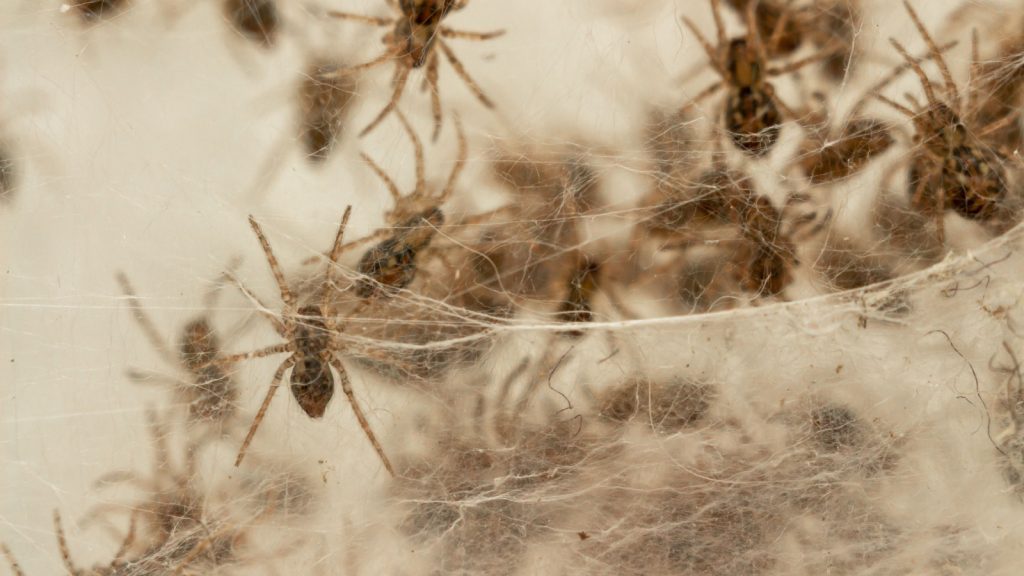When we think of spiders, we usually picture solitary hunters spinning webs or lurking in corners. But nature, as always, has some surprises in store. Some spider species have evolved to hunt in groups, using teamwork to take down prey much larger than themselves. These social spiders challenge our understanding of arachnid behavior, the anxiety of arachnophobes, and even my usual not-afraid-of-spiders point of view. From the rainforests of South America to the deserts of Australia, these pack-hunting spiders are rewriting the rules of what we thought we knew about these eight-legged predators.
Anelosimus Eximius
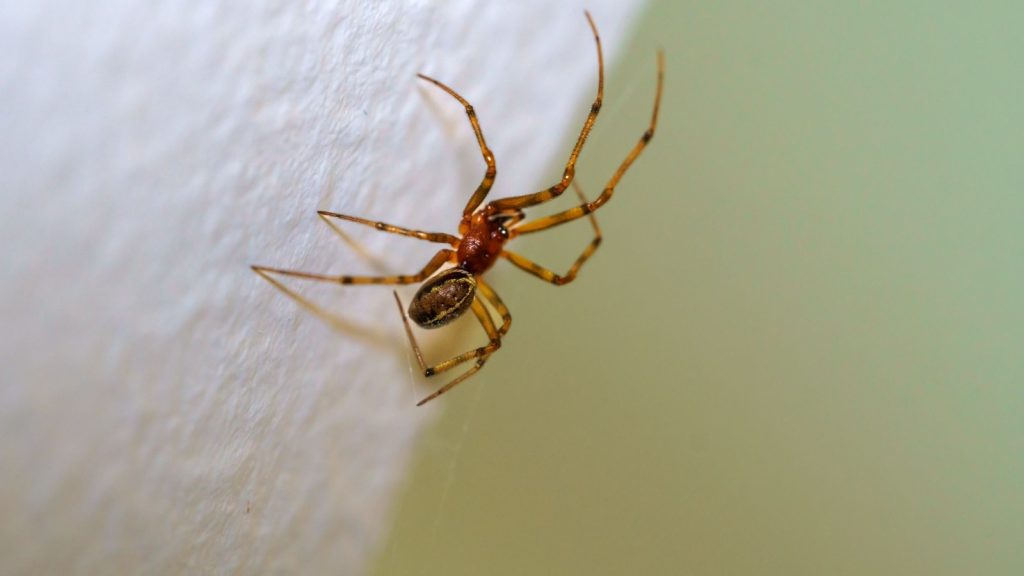
Anelosimus eximius is one of the most famous social spiders, found in the rainforests of South America. These tiny spiders, each about the size of a fingernail, work together to build massive webs that can span several meters. They hunt in groups, swarming their prey and taking down insects much larger than themselves, including moths and grasshoppers.
Australian Social Crab Spider
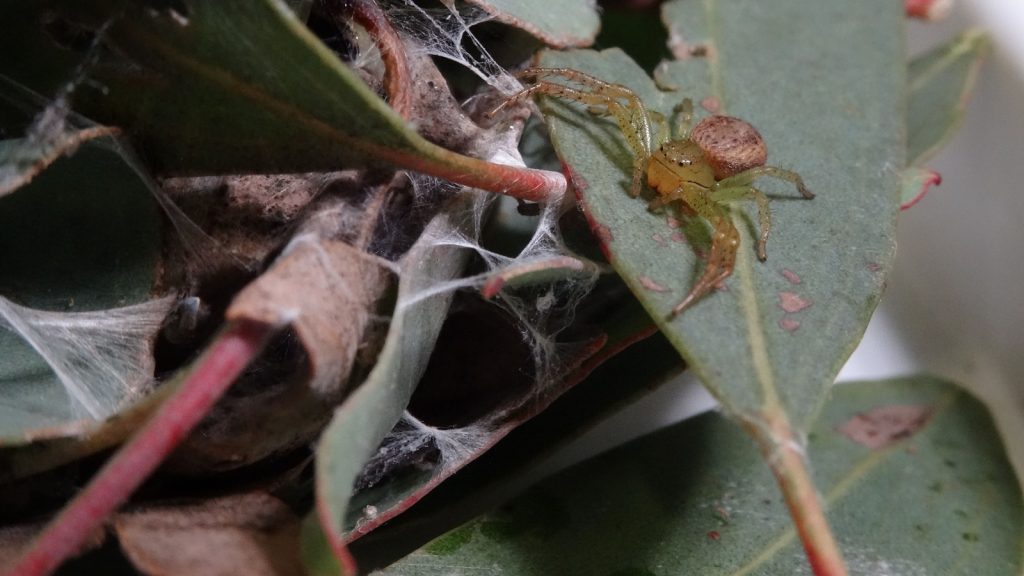
The Australian social crab spider, Diaea socialis, lives in groups of up to 300 individuals. They work together to build leaf nests and hunt cooperatively. These spiders are known for their coordinated attacks on prey, with multiple individuals working together to subdue larger insects.
Stegodyphus Dumicola
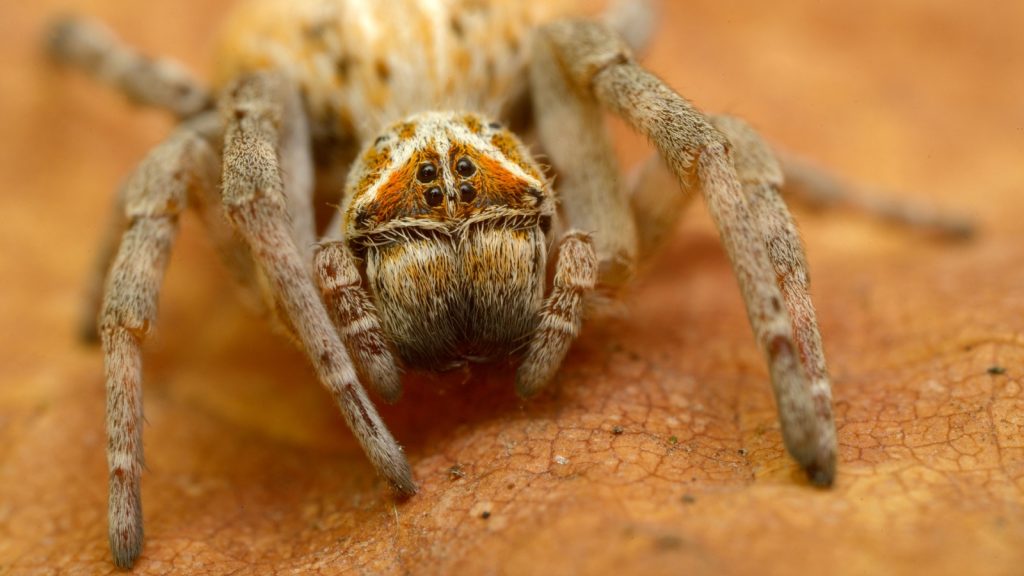
Found in Africa, Stegodyphus dumicola spiders live in large colonies of up to several thousand individuals. They build communal webs and hunt together, sharing their catch among the group. These spiders even practice alloparental care, where adults care for offspring that aren’t their own.
Mallos Gregalis
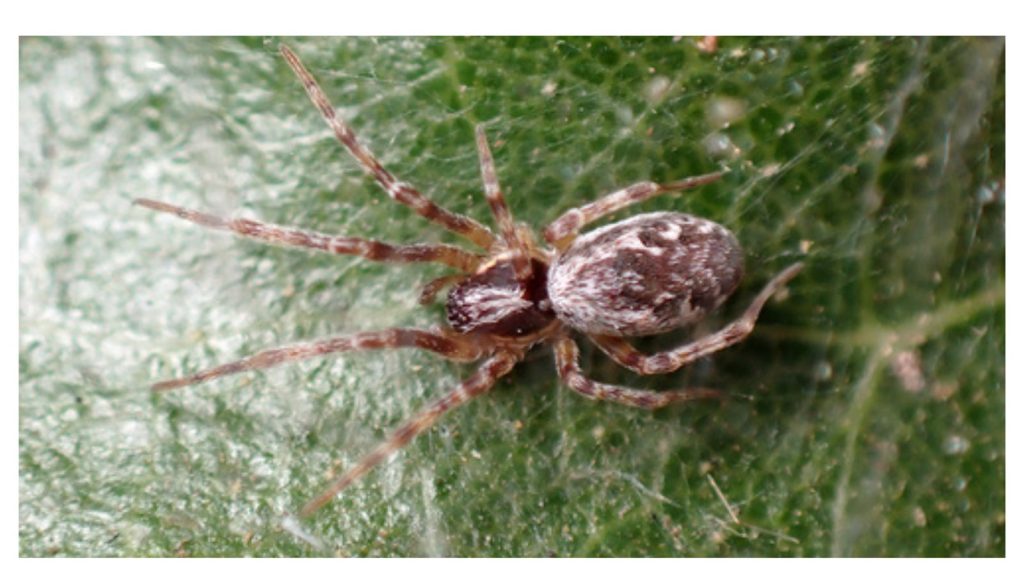
Mallos gregalis, also known as the Mexican social spider, forms large colonies in Mexico and Central America. They build extensive communal webs and hunt cooperatively, with multiple spiders attacking a single prey item. These spiders are so social that they even tolerate members of other spider species in their colonies.
Delena Cancerides
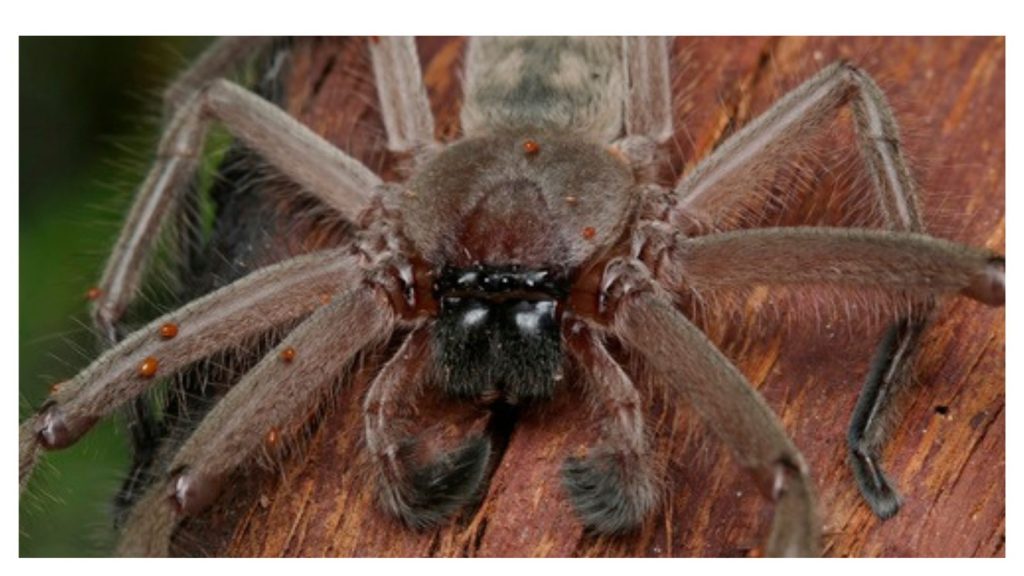
The social huntsman spider, Delena cancerides, is found in Australia. While not as social as some other species on this list, they do exhibit some cooperative behaviors. They often live in family groups under tree bark, with mothers caring for their young for extended periods.
Anelosimus Guacamayos
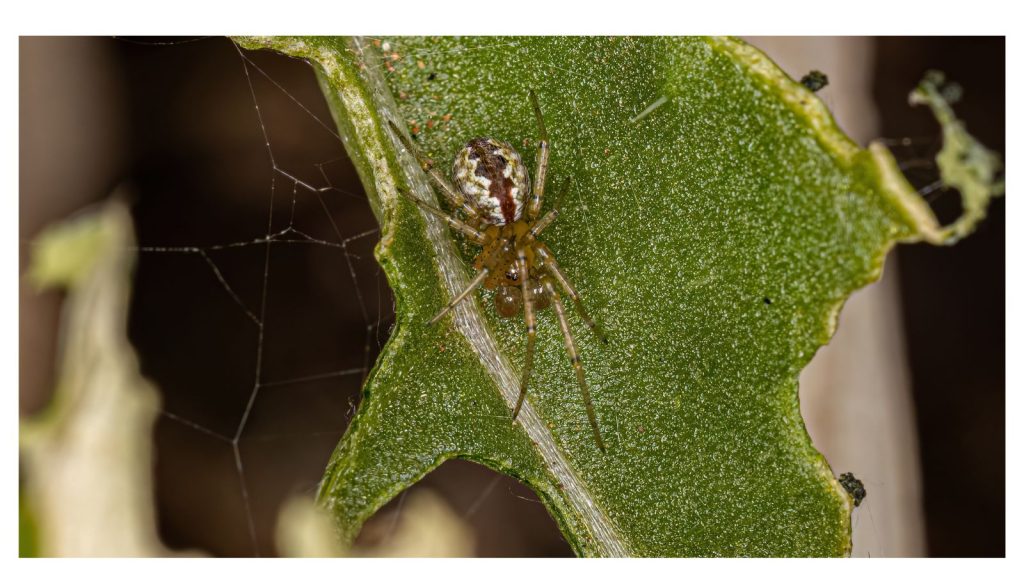
Another social spider from South America, Anelosimus guacamayos lives in large colonies in Ecuador. They build extensive communal webs and hunt cooperatively. These spiders show a high degree of social behavior, including shared care of young and division of labor within the colony.
Stegodyphus Mimosarum
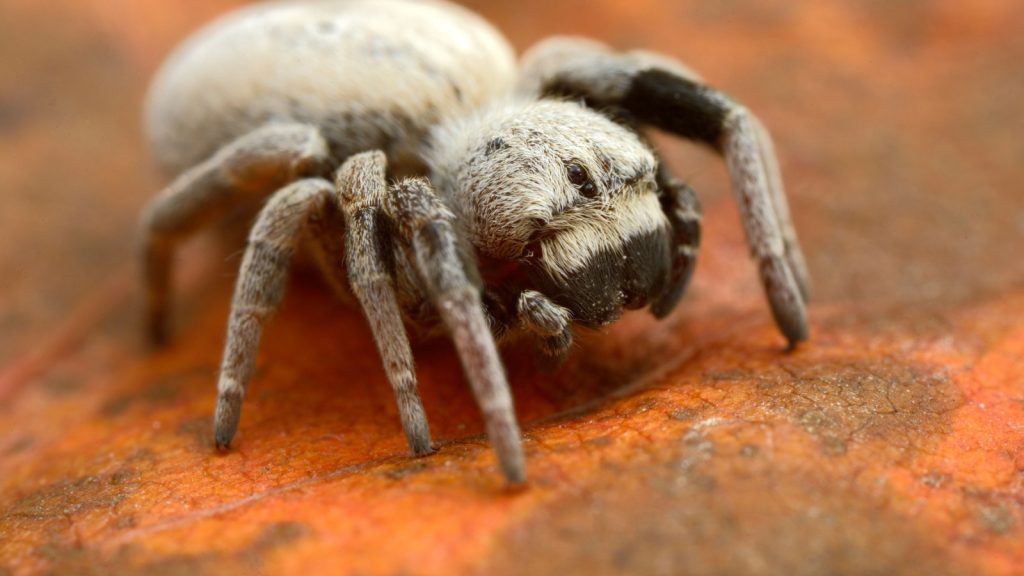
Stegodyphus mimosarum is a social spider found in Africa. They live in large colonies and build communal nests in trees. These spiders hunt together, with multiple individuals subduing larger prey. They’re also known for their extreme form of maternal care, where mothers liquefy their own bodies to feed their young.
Theridion Nigroannulatum
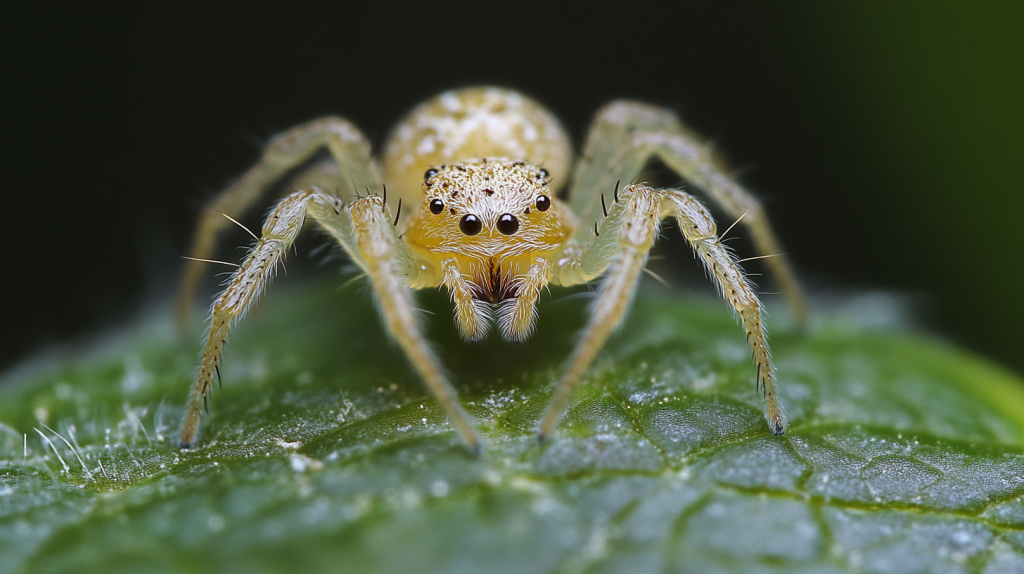
Found in South America, Theridion nigroannulatum spiders live in small family groups. While not as social as some other species, they do exhibit cooperative behaviors, including group hunting and shared web maintenance. These spiders often catch prey much larger than themselves through teamwork.
Parasteatoda Wau
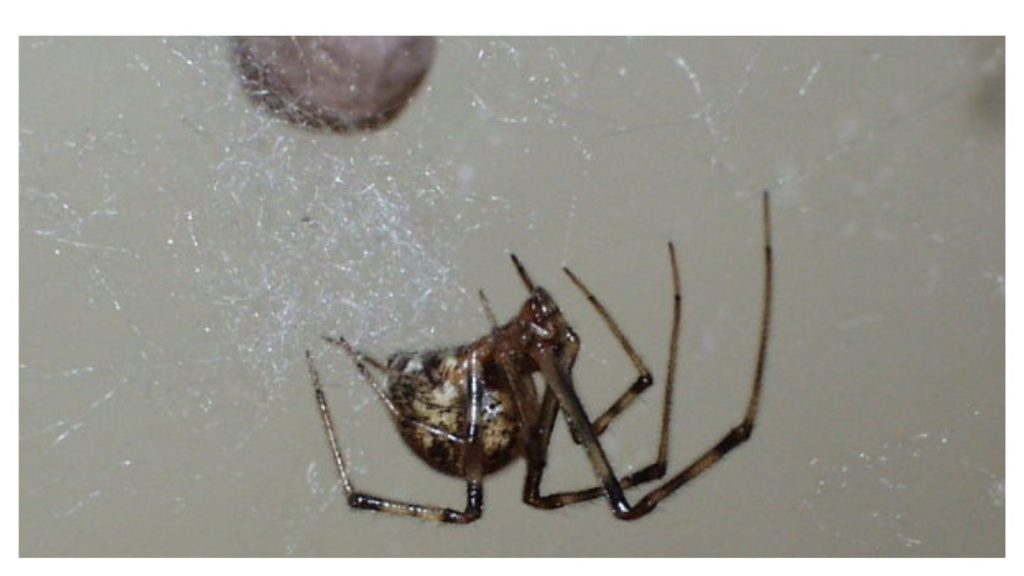
Parasteatoda wau is a social cobweb spider found in Papua New Guinea. They live in large colonies and build extensive communal webs. These spiders hunt cooperatively, with multiple individuals attacking and subduing prey together. They also show shared care of young within the colony.
Anelosimus Domingo
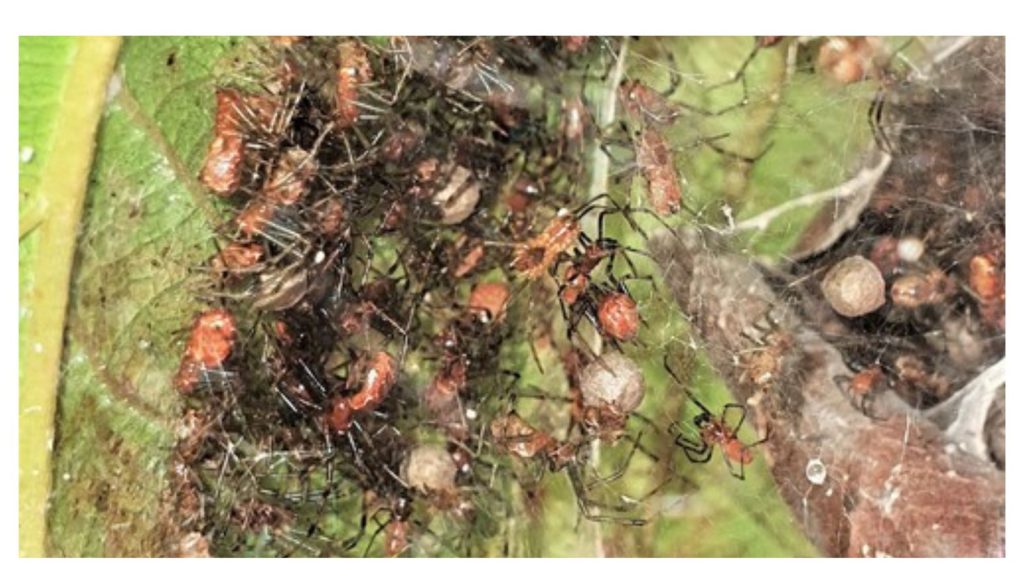
Anelosimus domingo is another social spider species found in Ecuador. They form large colonies and build extensive communal webs. These spiders work together to capture prey, with multiple individuals rushing to attack when an insect becomes ensnared in their web. They also share in caring for the colony’s young.

